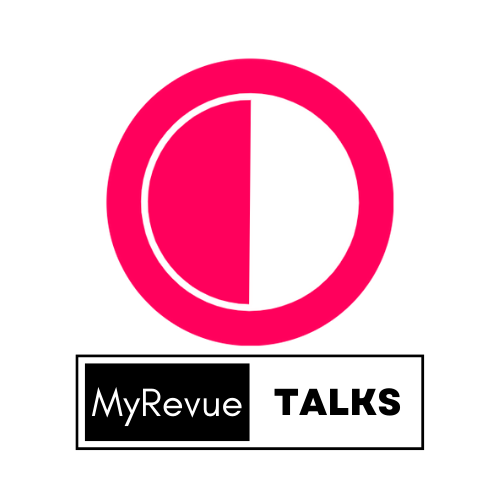UGC and its role in brand customer segmentation strategies
By leveraging UGC effectively, brands can enhance their customer segmentation strategies, and refine their marketing approaches

Written by Shivangi
Updated on 14/07/2023
<p class="MsoNormal"><br>
User-generated content (UGC) can play a valuable role in brand customer
segmentation strategies. Here's how UGC can influence and enhance these
strategies:<o:p></o:p></p><p class="MsoNormal"><br></p>
<p class="MsoNormal">UGC-Based Customer Insights: </p><p class="MsoNormal">a. Behavioral Segmentation: UGC
provides valuable insights into customer behaviors, preferences, and interests.
By analyzing UGC, brands can identify patterns and trends that help segment
customers based on their behaviors, such as product usage, engagement with UGC,
or interactions with the brand's content. UGC-based customer insights
contribute to more accurate behavioral segmentation.<o:p></o:p></p><p class="MsoNormal"><br></p>
<p class="MsoNormal">b. Demographic Segmentation: UGC can also provide insights
into customer demographics, such as age, gender, location, or occupation. By
examining UGC content and profiles, brands can gather demographic information
about their customers, enabling more effective demographic segmentation.
UGC-based demographic insights help tailor marketing strategies and messages to
specific customer segments.<o:p></o:p></p><p class="MsoNormal"><br></p>
<p class="MsoNormal">UGC-Driven User Profiles: </p><p class="MsoNormal">a. UGC-Based Persona Development:
UGC can contribute to the development of user personas, which are fictional
representations of ideal customers. By analyzing UGC-based content and
characteristics, brands can create user personas that reflect the real-world
behaviors, preferences, and needs of their target audience. UGC-based user
profiles enhance the effectiveness of customer segmentation by providing a
deeper understanding of different customer types.<o:p></o:p></p><p class="MsoNormal"><br></p>
<p class="MsoNormal">b. UGC-Based Segmentation Criteria: UGC can serve as a
criteria for segmenting customers based on their content creation or engagement
levels. Brands can identify customers who actively generate UGC, share it on
social media, or engage with UGC-based campaigns. UGC-driven segmentation
criteria allow brands to target and personalize their messaging to customers
who are more likely to create and engage with UGC.<o:p></o:p></p><p class="MsoNormal"><br></p>
<p class="MsoNormal">UGC-Based Customization and Targeting: </p><p class="MsoNormal">a. UGC-Driven
Personalization: UGC can inform the customization of marketing messages and
experiences for different customer segments. By understanding the UGC
preferences and interests of different segments, brands can tailor their
content, recommendations, and offers accordingly. UGC-based personalization
enhances customer segmentation by delivering more relevant and engaging
experiences.<o:p></o:p></p><p class="MsoNormal"><br></p>
<p class="MsoNormal">b. UGC-Based Targeted Campaigns: UGC can guide the
development of targeted marketing campaigns for specific customer segments. By
identifying UGC that resonates with different segments, brands can create
UGC-based campaigns that specifically address the needs, aspirations, and
interests of those segments. UGC-based targeted campaigns increase the
effectiveness of customer segmentation strategies.<o:p></o:p></p><p class="MsoNormal"><br></p>
<p class="MsoNormal">UGC-Driven Customer Engagement: </p><p class="MsoNormal">a. UGC-Based Community
Building: UGC-based customer segmentation strategies can foster a sense of
community among different customer segments. By creating platforms for
customers to share and engage with UGC, brands can facilitate interactions
among customers who belong to similar segments. UGC-driven community building
strengthens customer relationships within each segment and enables targeted
engagement efforts.<o:p></o:p></p><p class="MsoNormal"><br></p>
<p class="MsoNormal">b. UGC-Based Advocacy Programs: UGC-based customer
segmentation strategies can identify and leverage customers within each segment
who actively create and share UGC. By involving segment-specific UGC creators
in advocacy programs, brands can amplify their messaging and reach within those
segments. UGC-driven advocacy programs contribute to the segmentation strategy
by harnessing the power of influential customers within each segment.<o:p></o:p></p><p class="MsoNormal"><br></p>
<p class="MsoNormal">In summary, UGC influences brand customer segmentation
strategies by providing valuable customer insights, driving the development of
user profiles, enabling customization and targeting, and fostering customer
engagement. UGC-based segmentation enhances behavioral and demographic
segmentation efforts, while UGC-driven customization and targeting improve
personalization and campaign effectiveness. UGC-based community building and
advocacy programs strengthen customer relationships within segments. By
leveraging UGC effectively, brands can enhance their customer segmentation
strategies, refine their marketing approaches, and deliver more tailored
experiences to different customer segments.<o:p></o:p></p>
<p class="MsoNormal"><o:p> </o:p></p>
